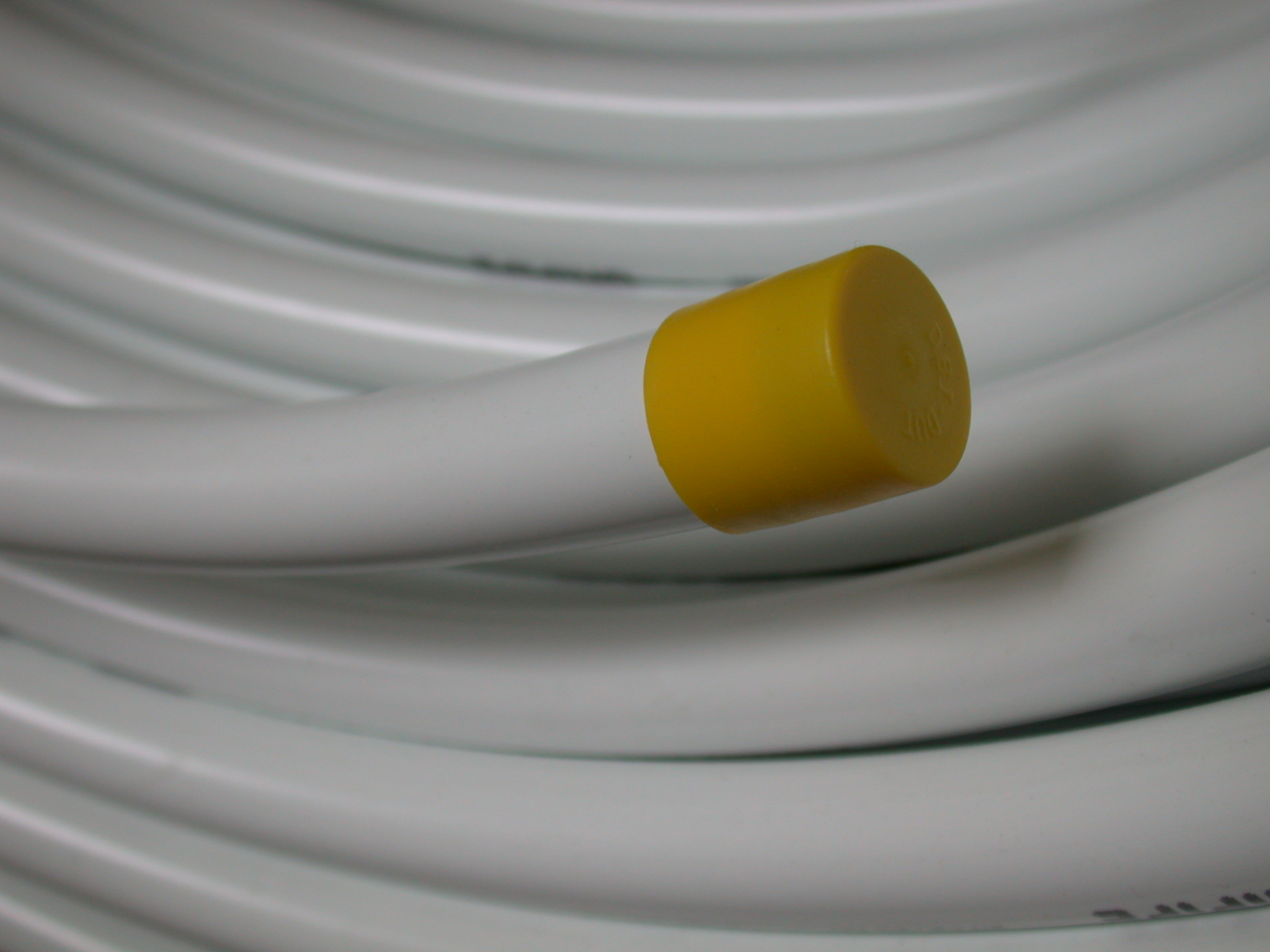RS232 Uses Inverse Logic; that Is
페이지 정보
작성자 Latia 댓글 0건 조회 9회 작성일 24-06-25 03:33본문
The local and remote must share a common ground, so all serial cables include at least one ground conductor. The RS422 driver and receiver use separate differential conductor pairs on the serial cables, enabling full duplex communications. A UART is a Universal Asynchronous Receiver/Transmitter that converts parallel data from the host processor (any Mosaic controller) into a serial data stream. A FIFO is a First In/First Out buffer that can queue a burst of outgoing characters for transmission, or save a set of incoming characters until the host can read them. Each of the two channels on the UART Wildcard implements two 16-character FIFOs, one for outgoing characters and one for incoming characters. The UART Wildcard supports any baud rate produced by the above formula. You may use nonstandard baud rates if both devices support them. The PDQ Board's two serial ports support limited use of generating a parity bit. The Serial1 and Serial2 ports are is supported by the HCS12's dual on-chip hardware UARTs, and do not require interrupts to work properly. If your application requires communicating with a device that expects to receive a parity bit, the generation of a parity bit and selection of even or odd parity, and whether there are seven or eight data bits in each byte, is performed by setting or clearing bits in the configuration registers SCI0CR1 for Serial1 and SCI1CR1 for Serial2.
Rather, the transmitter and receiver must be communicating using a known baud rate, or bit frequency. Bauddesired is an unsigned integer from 1 to 56000, 500000 is the frequency of the UART's internal clock and Round(500000/Bauddesired) is an internal divisor (rounded to the nearest integer). The serial interface is asynchronous, meaning that there is no clock transmitted along with the data. In the most common multi-drop RS485 protocol, one computer is designated as a master and the rest of the computers or devices on the serial bus are designated as slaves. RS232’s greatest benefit is its universality; practically all personal computers can use this protocol to send and receive serial data. When the keyword name is received by the Silence() routine running in the slave, the slave PDQ Board executes RS485Transmit() to send an acknowledgment to the master (which should now be listening to the serial bus to accept the acknowledgment). This setting is only relevant for the master device, as it is the master’s clock which drives the transfer. Any required SPI output signals must be configured as outputs, either by calling InitSPI() or by setting the appropriate bits in the Port D data direction register DDRD.
Once the data has been exchanged, a flag bit in the SPSR status register is set to indicate that the transfer is complete. The received data byte is accessed by reading SPDR data register. This section describes the driver routines that control the RS485 transceiver, and presents some ideas that may prove useful in designing a multi-drop data exchange protocol. This ability to exchange messages means that the SPI is capable of full duplex communication. No parity means that there is no parity bit. There is also the GSM version; especially useful when only one sensor is needed in a remote location where other types of transmission cannot be used. Note that the local and the remote must share a common ground, so a minimum of 3 wires are required for full duplex RS232 communications: a transmit wire, a receive wire, and a common ground. Note that the local and the remote must share a common ground, so a minimum of 3 wires are required for half duplex RS485 communications: a pair of transceive wires and a common ground. The resulting signal levels on the interface cable connect the local and remote in a manner specified by a standard protocol.

Both the local and remote UARTs must be configured for the same baud rate. Both the local and remote UARTs must be configured for the same communications parameters. Owing to hardware constraints, if modem handshaking is needed on UART channel 1, then channel 1 must be configured for RS232, and channel 2 cannot be configured for RS232 communications. High (mark) parity means that the parity bit is always logic 1 at the UART, and low (space) parity means that the parity bit is always logic 0 at the UART. Even parity means that the bits sum to an even number, and odd parity means that the bits sum to an odd number. In either of these cases, a source of noise that caused one bit to be received incorrectly would invalidate the received byte, since the total number of '1' bits would be odd rather than even. This is an extra single bit appended to the end of each byte or character transmitted, which is set or cleared as necessary to ensure that the total number of '1' bits in the byte is always odd or even. If PT is set, all transmitted bytes with a parity bit will have an odd number of total '1' bits.
If you cherished this article and you would like to get more info with regards to rs485 cable kindly visit our own web-site.
댓글목록
등록된 댓글이 없습니다.